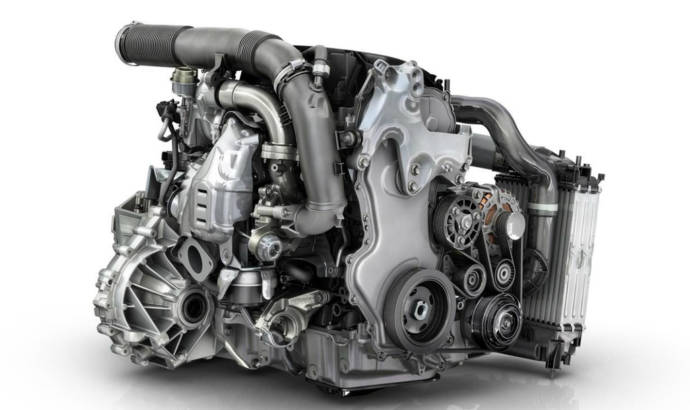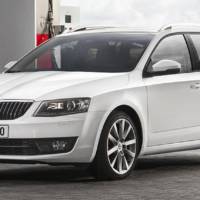Renault rises to the challenge of energy efficiency in 2014. As a successful engine maker in the world of F1, Renault makes full use of its experience by continuously refining the energy efficiency of its road car engines to deliver even greater driving enjoyment. The latest fruit of the firm’s downsizing strategy is the Energy dCi 160 Twin Turbo, the first 1.6-litre diesel powerplant to benefit from twin-turbocharging.
This 1,598cc block delivers 160hp and a generous 380Nm of torque, which catapults it into the domain of 2-litre engines in terms of performance. This important breakthrough combines with fuel consumption and CO2emissions savings of 25%.
The use of ‘Twin Turbo’ technology for this diesel engine ensures a blend of low-end torque and high power at higher revs, the obvious benefit of which being enhanced driving enjoyment.
The system comprises two sequential turbo-compressors:
– The first is a very low inertia turbo which provides high low-end torque for crisp pull-away and mid-range acceleration. To guarantee impressive pick-up response at low revs and incisive acceleration, 90% of peak torque is available from 1,500rpm.
– The second turbo assumes the reins at the higher-end and produces high power (100hp per litre) at faster engine speeds to ensure smooth, linear, dependable acceleration right the way up to maximum revs.
The engine always works within its range of optimum efficiency, which naturally yields benefits in terms of fuel consumption and CO2 emissions.
The fuel injection system of the Energy dCi 160 Twin Turbo operates at a pressure of 1,800 bar to function with the twin turbocharger. It complies with Euro 6b emissions legislation and incorporates a NOx Trap and particulate filter regeneration system.
By dint of its efficiency, this engine is comfortably capable of powering larger vehicles, and will notably be available for Renault’s forthcoming D- and E-segment models.



